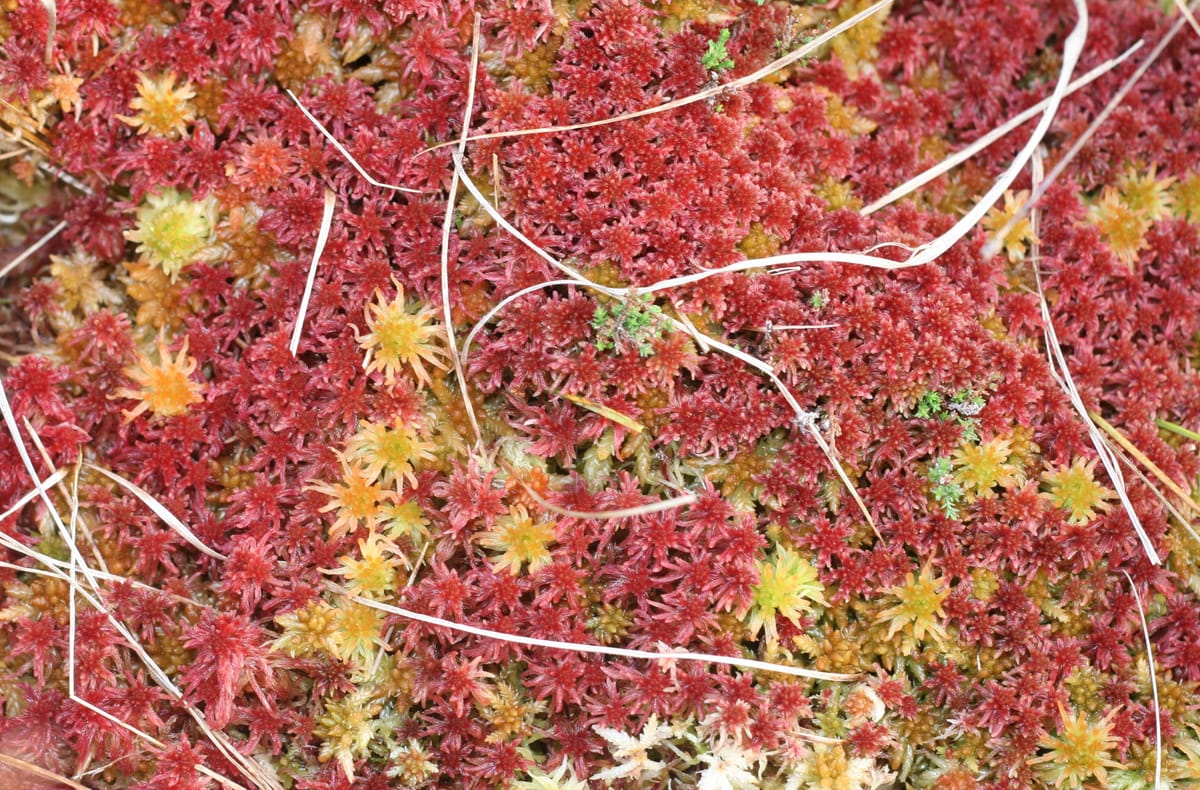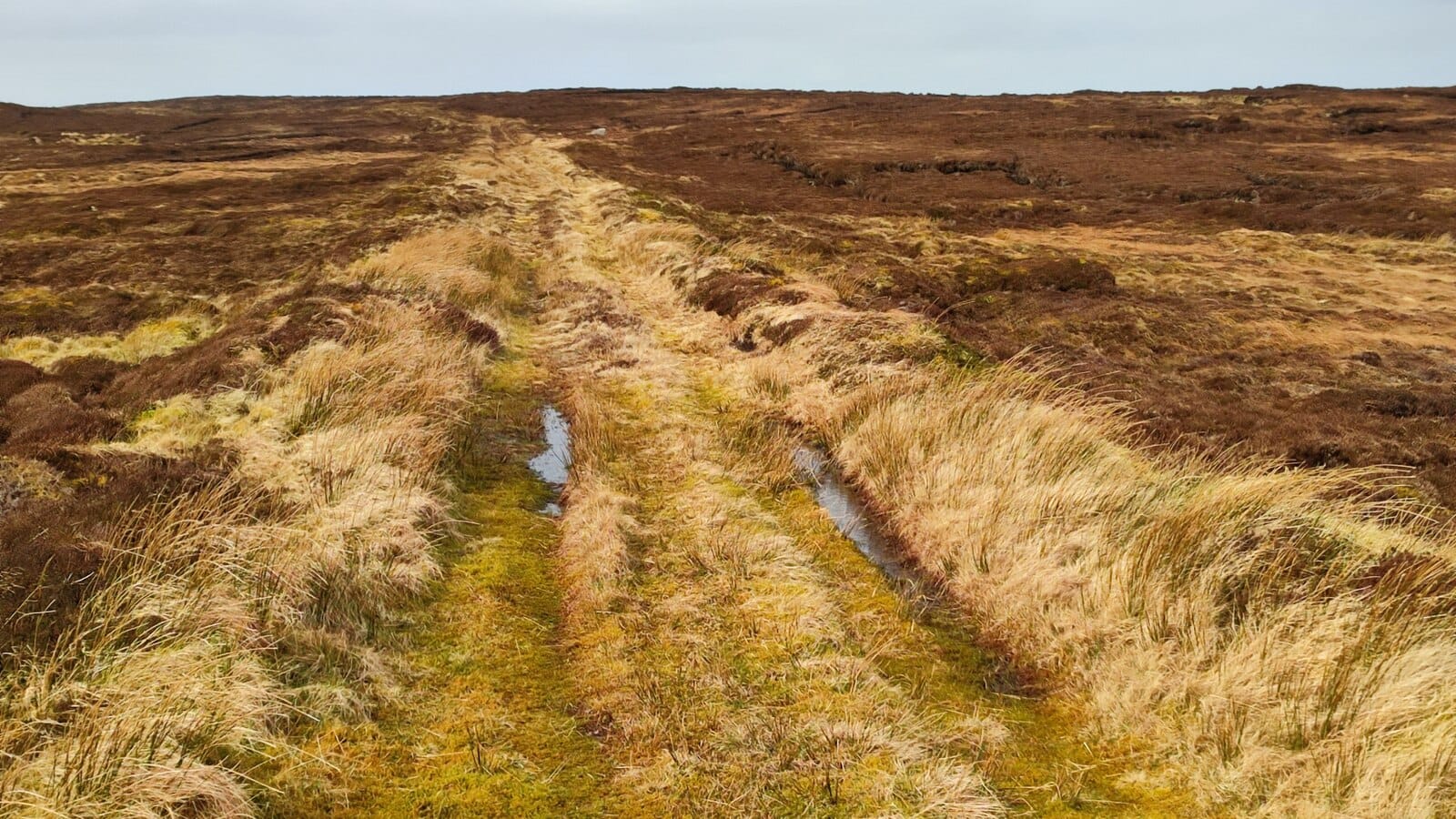IUCN Peatland Programme Conference 2024

%20Pete%20Quinn_4.jpg?h=229e6632&itok=IvrauFo_)
It was unfortunate that I could only attend one day of this conference but it was well worth the trip to an incredibly sunny Aviemore to attend Day 3. We were required to book a morning and afternoon workshop in advance, not an easy choice given a great program!
Bringing back nature: biodiversity monitoring for a greener future.
An introductory talk by Iain Diack of NE gave an overview of why we bother with peatland biodiversity, from it's intrinsic value to its necessity in peatland formation and resilience, which is so important right now. He also warned of shifting baselines, using Sphagnum austini as an example of (some of us) not knowing what we are missing when it comes to assessing peatland health. S austini being a major peat-forming moss in decline and now only found in Scotland in the UK.
This was followed by a comprehensive overview of biodiversity credits and how these might fit with the Peatland Code. It was interesting to hear about Operation Wallacea ( link below) and how this framework is being adapted for use with peatland restoration. A combination of taxonomic and structural metrics are used to calculate 1% increase in biodiversity = 1 biodiversity credit (somewhat oversimplified!).
The taxonomic metrics include birds, plants and invertebrates and emphasis was given on the need for data to be transparent and rigorous in order to ward off accusations of greenwashing. The Peatland Code are currently standardising UK specific indicators and have established an advisory group which are analysing pilot data and reviewing the metric.

Following this, there were case studies presented from different projects from across the UK who had collected baseline data and monitored biodiversity since restoration. Good points were made about sampling considerations; factors such as weather (looking at you Summer of 2024!), livestock, sample storage and accessibility need careful consideration. The use of passive acoustic monitoring and passive invertebrate trapping and eDNA were described. There was repeated mention of the fact that ecologists are too expensive to have in the field, which as a nascent ecologist makes my heart sink a little bit. Whilst I embrace tech and believe that drones etc can make surveying more efficient (and indeed, safer in some instances, a different blog post perhaps) and that passive acoustic surveying is pretty cool, I don't think we can replace feet in the field just yet. So I was pleased to hear that one project at least, got the best results from a combination of people and tech. Its worth remembering that something like eDNA, whilst wonderful, is expensive at scale and that there are significant gaps in databases.
Digital devices do have the advantage in ease of auditing as well but I think that traditional survey notes could be utilised in a digital form-electronic lab books etc if not already (I've not seen anyone do this, but it might be happening). Of course GIS has been embraced in the field but doesn't seem to fit with more traditional bird surveys that easily-although if anyone has a spreadsheet with BTO codes they'd like to share, please contact me!
Discussions about monitoring were very useful, from how the biodiversity credit model accounts for uncontrollable factors (e.g. bird biodiversity on a small site that might be being affected by events next door) and the importance of not worrying too much about one bad year-the idea being that continued monitoring helps iron out any noise. Projects can also come with unintended successes-such as the unpredicted presence of water voles at one site. The restoration was so successful that it led to rapid spread of water vole territory across the site in a year-so much so that it then led to necessity of a water vole management plan, which subsequently delayed progress in restoring the rest of the site.
Are we on the right track? Linear developments on peatlands.

A concise overview of the type of tracks (anything that causes compression on peat is damaging, whether that happens by deer, people, machinery, quads, built tracks etc) was given, the emphasis being that there is no such thing as a temporary track. Peat seemingly never truly recovers from impaction and vegetation can take years to take hold again. The sheer abundance of such rural tracks has been estimated to be higher than our actual road network and often built tracks can lead to increased non-built tracks due to increased accessibility.
Tracks can affect habitat, water flow and can compartmentalise areas of peat with certain types of tracks displacing carbon but the more 'peat friendly' tracks having limitations both in the depth of peat they can be used, and in slope gradient (less than 5% fyi).
Much of the session focussed on windfarms. Its a fact that our prime wind areas correspond with uplands and therefore with many of our peatlands. Windfarms also need tracks and there are additional standards of tracks that turbine manufacturers require. The session was effectively (and humorously) chaired by David Large of the University of Nottingham and there was much interesting discussion of best practice and how best to encourage it. One suggestion was an experienced/competent 'peat ECoW', who would be in addition to an EnvCoW. Another was the use of both standard contractors and peatland restoration contractors to work together. This would have the added benefit of additional employment for those peatland contractors. I am not sure how widespread the use of independent EC0Ws is but it seems to me that this would be a good thing in renewables projects, demonstrating the energy sector's intent in transparency and commitment to best practice. One last interesting question was 'can a track ever be beneficial?' with an answer of can they be potentially used in the design as bunds.
It was a really interesting day and I will try an make sure I can attend the whole event in 2025. I start the SRUC Peatland Assessment & Restoration Course in October and am really looking forward to it!





